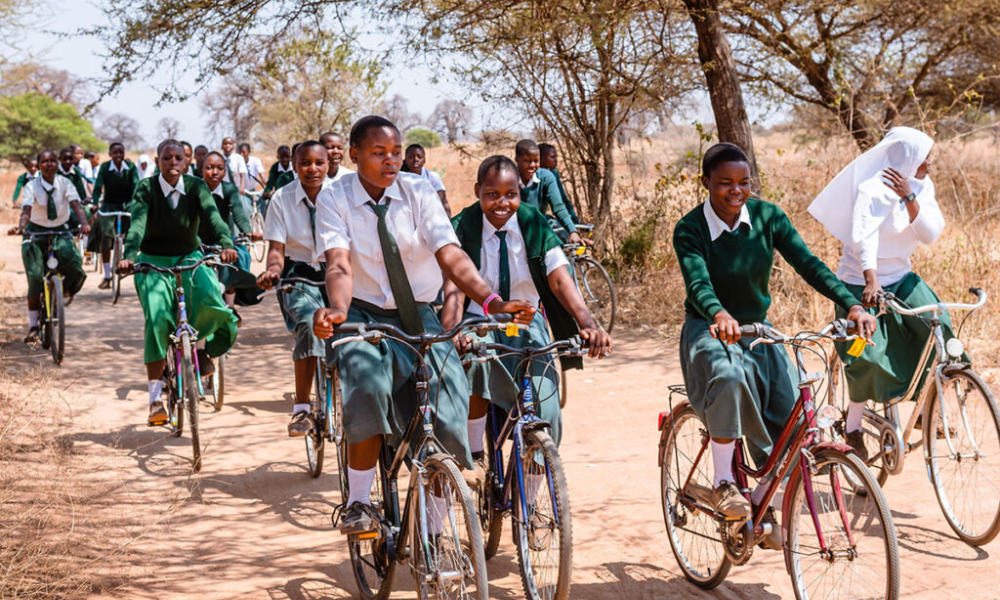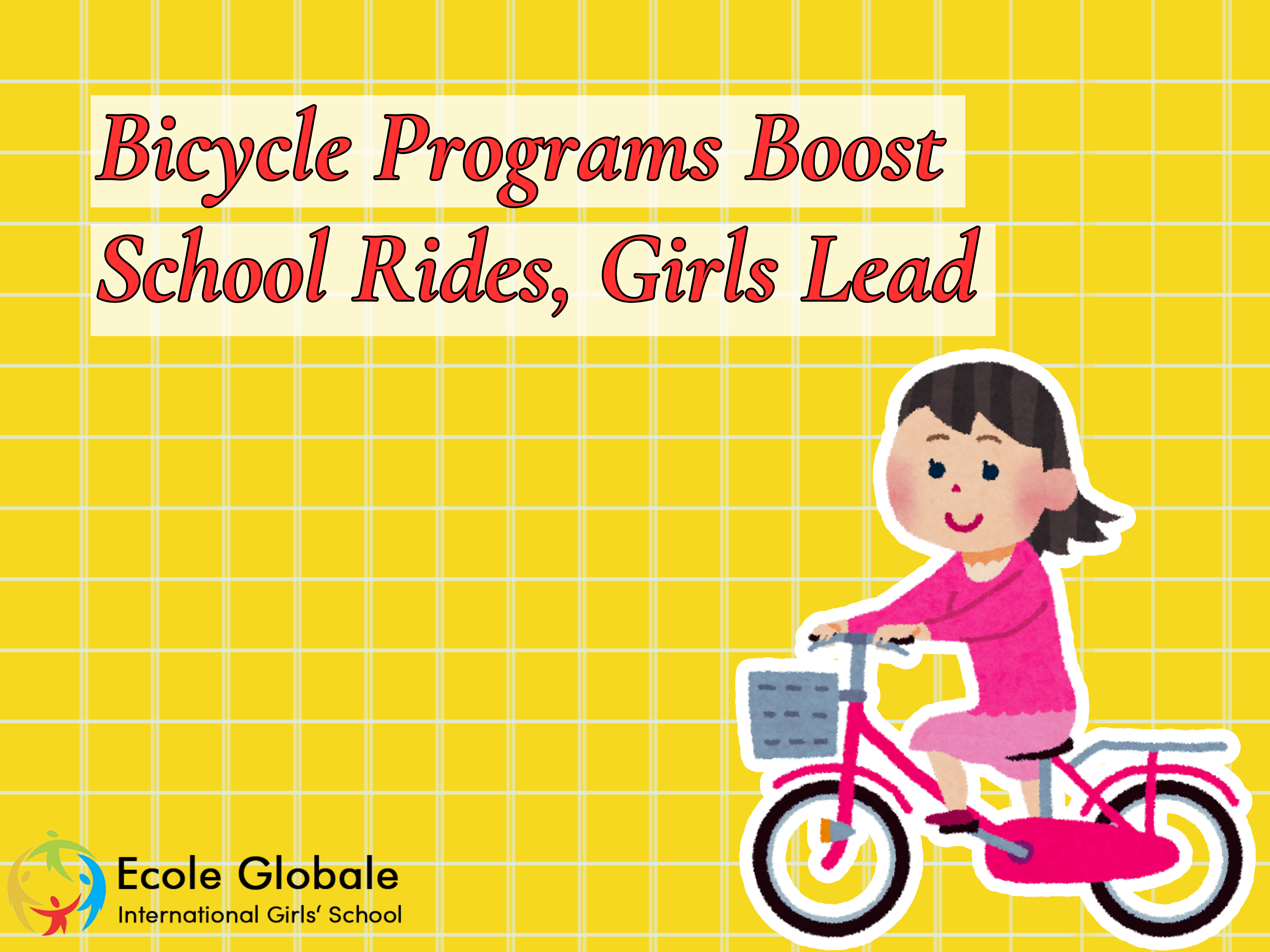The Indian state of Bihar and West Bengal has witnessed a remarkable surge in the number of girls cycling to secondary schools, according to new research. This “silent revolution” has been driven by an innovative program that provided bicycles to girls who continued their education past the primary level.
Rural-Urban Divide in Cycling to School:

- Rural Areas:
- The percentage of students cycling to school in rural India almost doubled, rising from 6.3% to 12.3%.
- The primary beneficiaries of the Bicycle Distribution Scheme (BDS) were rural girls.
- Urban Areas:
- In contrast, urban areas saw only a slight increase in cycling to school, from 7.8% to 8.3%.
Addressing Barriers to Girls’ Education

- Gender Norms:
- Traditionally, boys’ education has been prioritized over girls’, especially in rural India.
- The bicycle program helped break down these norms by providing girls with a safer and more accessible means of traveling to school.
- Affordability:
- Many rural families struggle to bear the costs of secondary education, especially when schools are located far from home.
- The provision of free bicycles reduced this financial burden, making education more accessible for girls.
- Distance and Safety:
- Distance to the nearest secondary school and concerns about safety have been major obstacles.
- Bicycles enabled girls to travel longer distances safely and efficiently, alleviating these concerns.
Impacts on Enrollment and Exam Performance:

- Enrollment:
- Girls exposed to the Bicycle program saw a 32% increase in age-appropriate enrollment in secondary school.
- The program also reduced the gender gap in secondary school enrollment by 40%.
- Exam Performance:
- There was an 18% increase in the number of girls taking the secondary school certificate exam.
- Additionally, there was a 12% increase in the number of girls passing this exam.
Cost-Effectiveness of the Bicycle Program:

- The Bicycle program was found to be more cost-effective compared to other interventions aimed at improving girls’ education, such as conditional cash transfer programs.
Implications for Policymakers:

- The success of the Bicycle program in Bihar highlights the potential of targeted infrastructure investments to address gender disparities in education.
- By reducing barriers such as affordability, distance, and safety, the program was able to significantly improve rural girls’ participation in secondary education.
- This approach offers valuable insights for policymakers in India and other developing countries to promote female empowerment and gender equity in education.
References:
- Muralidharan, K., & Prakash, N. (2017). Cycling to School: Increasing Secondary School Enrollment for Girls in India. American Economic Journal: Applied Economics, 9(3), 321-350.
- Business Standard. (2024). Rapid rise in number of students cycling to school, girls lead, finds study.









